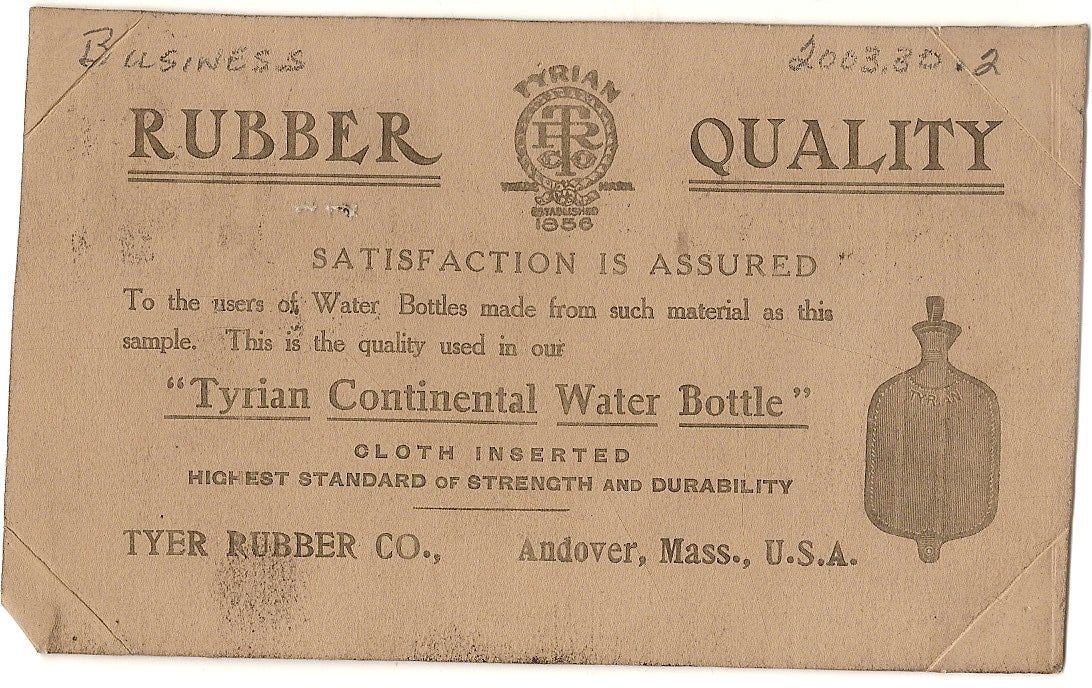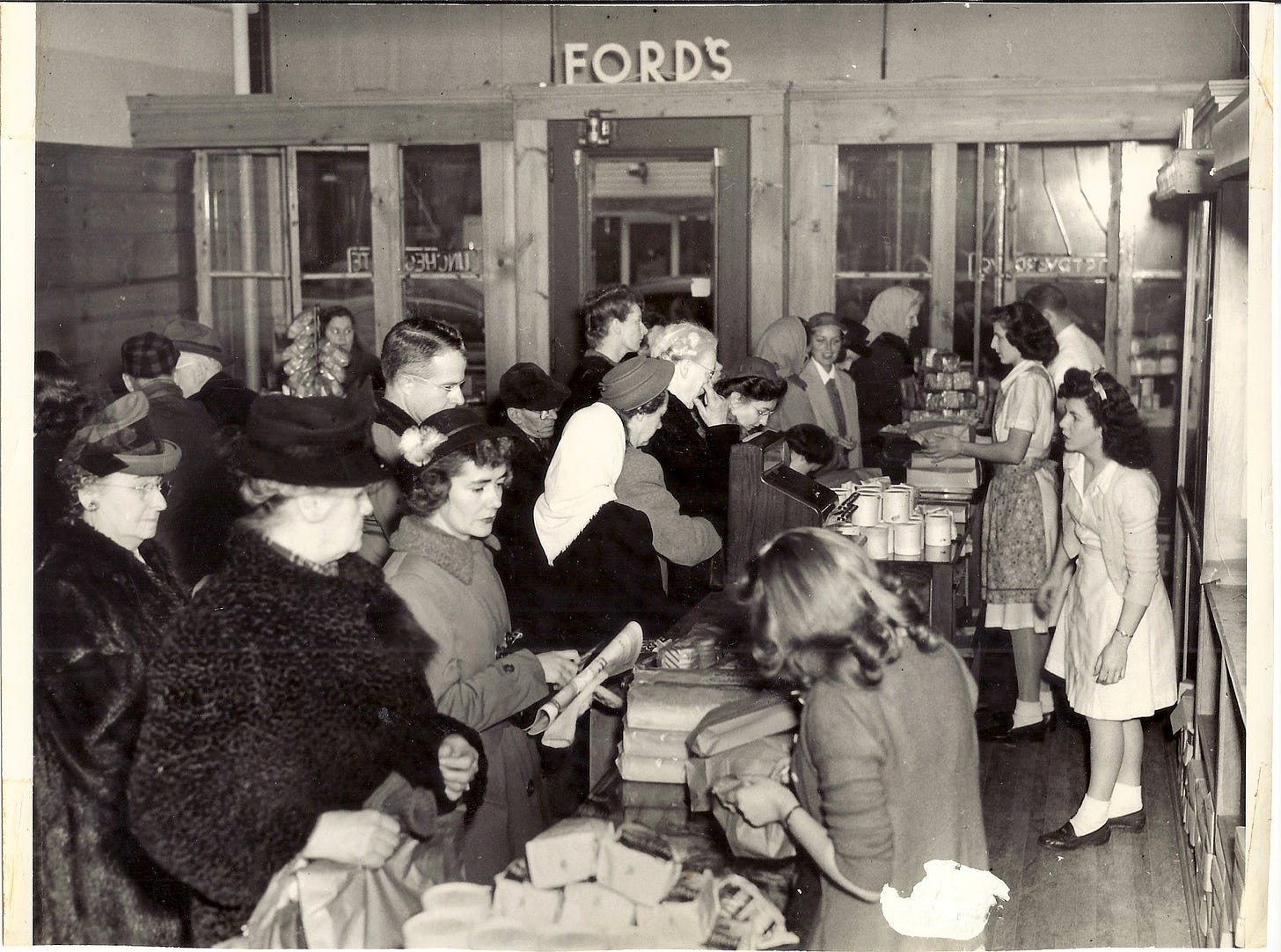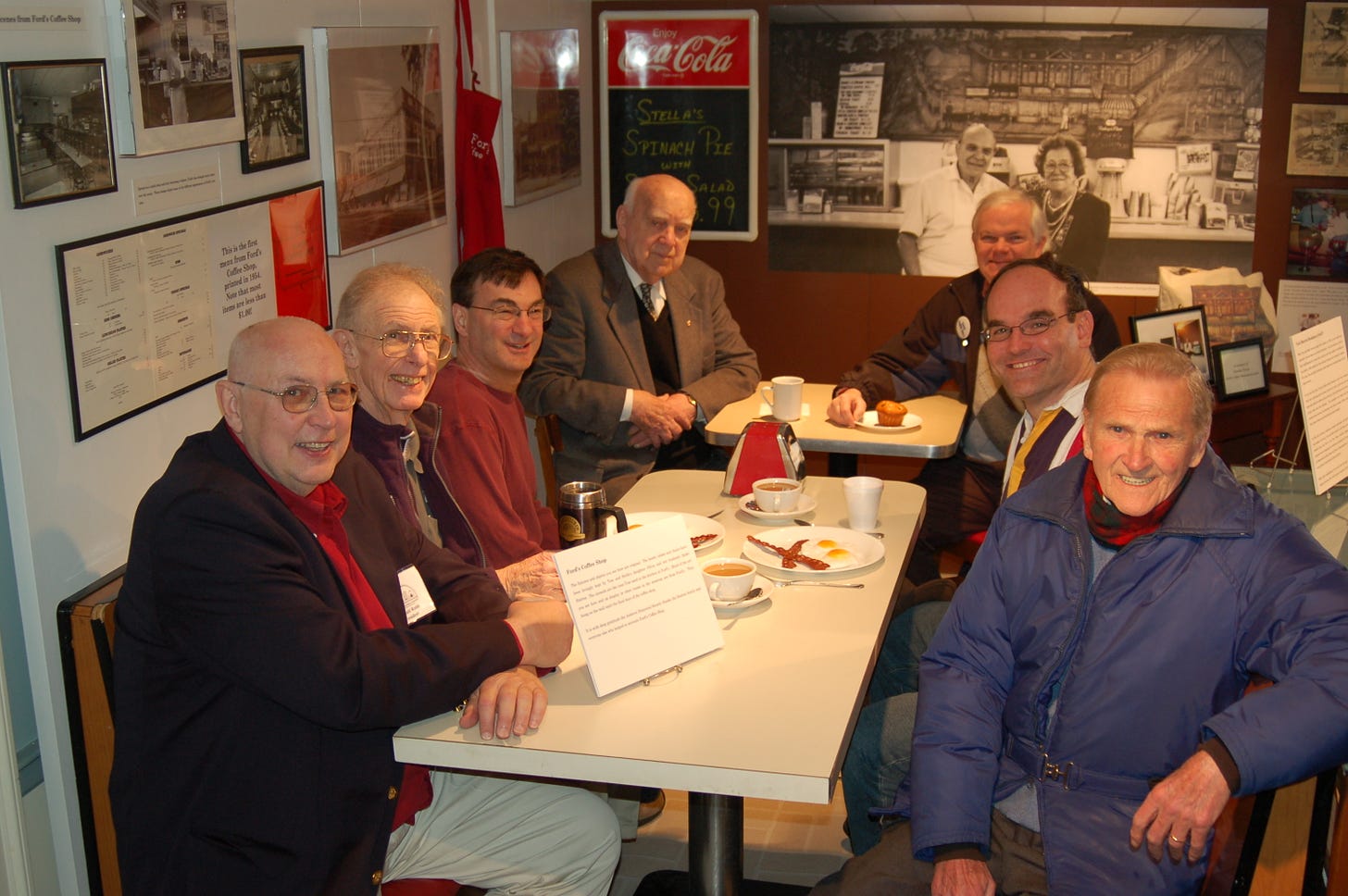Miscellany Mondays: How a portrait came to be in the collection of the History Center
A short story about one item in the collection
Welcome or welcome back to History Buzz! If you’re a subscriber to the Buzz, thank you! If you’re new here, or you haven’t become a subscriber yet, please sign up for a subscription to have History Buzz delivered directly to your inbox. If you can, please consider a paid subscription to support the research and writing that make History Buzz possible.
As I mentioned in my post last week, I went down a research rabbit hole on 19th century carriage painters and portrait artists. The collection piece that sent me there was a portrait of that the History Center acquired in 1999. It has the distinction of being one of the very few significant pieces purchased by the Center.
Before I dive into the painting and artist for a future post, I looked into the painting’s history with the Andover Center for History and Culture.
Acquisition of the painting in many ways marked the tail end of one phase in the Andover Historical Society’s collecting focus.
Collecting in the early years
The Andover Historical Society was founded in April 1911,
“ . . . for the purpose of cultivating an interest in antiquarian and historical research; to collect and treasures significant historical matter and antiquarian relics, and to found and maintain a museum where such collections shall be preserved and exhibited, thus making a valuable, interesting, and education feature in the life of Andover . . . “
The History Center’s 1911 charter is a lovely relic itself – a reflection of the language, values, and attitudes of the time. What was determined to be of value at the time is reflected in the History Center’s collection.
Early collecting was deep, but not very broad.
Early collections reflect the parents, grandparents, and social circles of the people who founded the Andover Historical Society. As a result, there are a few families that are well-represented in the collection - Abbot, Bailey, Chandler, Goldsmith, Smith, and Tyer - the movers and shakers of Andover at the time. And there are many, many more families who are not (yet) represented in the collection.
At the same time, the Historical Society would accept almost anything into the collection. At one point, there were dozens of black lace parasols, and even more white petticoats, in the collection.
The Historical Society’s collection evolves
When the museum profession started to professionalize in the 1970s and 1980s, the Andover History Society was still entirely volunteer run. Volunteers took advantage of training opportunities to learn about best museum practices.
One of those best practices remains having a collecting policy to guide decisions about what comes into, what leaves, and what stays in a museum’s collection.
In 1978, the Historical Society received a bequest that funded the construction of the Library and Archives addition. With that addition, the library and archives collections could be moved out of the historic house, freeing those rooms to be reinterpreted. In the 1980s, the historic house was reinterpreted and exhibited as period rooms, as the house might have been 1820-1840s.
With the new interpretation, furnishings and personal belongings were needed to complete the period room exhibits.
In the 1980s through the early 2000s, the then-Andover Historical Society, was strongly focused on collecting items that supported the time period of the historic house museum interpretation.
It was during this time, in 1999, that the portrait of Louisa Adams Leavitt was purchased. The portrait of an Andover resident was painted in 1825, perfect for the time period of the historic house museum.
The portrait was researched before the purchase was made and among the reasons for the purchase outlined was that it fit the 1820s-1840s interpretation of the house:
Reasons to purchase:
· We have only one portrait from the 1820s (that of another resident, Timothy Flagg).
· This portrait would greatly enhance the Meeting Room or Best Parlor.
· Most of our portraits to do not fit our historical orientation, 1820s to 1840s.|
· No paintings in our collection can match the artistic merit of this one.
· No known artists in our collection of 19th century portraits come from Massachusetts.
· We have very few portrait paintings of women in our collection.
The focus of the collection changes
The scope of the collection began to change in the early 2000s to expand beyond the interpretation of the period room exhibits. The change started slowly. To stretch our collecting muscle, so to speak, the volunteer Collections Committee had a small budget to buy Andover-related advertising implements on Ebay.
These small under-$10 purchases started the shift away from the 1820s-1840s and toward a broader collecting policy.
Those first steps to a broader collecting policy led to a reimagining of the Andover Historical Society. In the early 2000s, we worked to identify what a local historical society could mean in the life of its community a century after it was founded.
The first big change came in 2008. With downtown Andover struggling during the great recession, the Historical Society hosted a small exhibit on the history of downtown Main Street. Our curator at the time worked with a local family to recreate a piece of downtown Andover that had closed in the 1990s after 50 years in business: Ford’s Coffee Shop.
The Koravos-Sintros family loaned a booth, table, chairs, menus, photographs, and small items, like those little napkin holders in the photo above.
What happened next changed the Andover Historical Society.
People sat in the booth and told each other stories.
They reminisced. They talked about Ford’s and what it meant to them and the community. Grandparents told stories about Ford’s to their grandchildren. And the conversations kept going.
“That!” we said, that is what we need to be doing. Bringing people together around local stories to build a deeper sense of community.
And that is what we have done ever since. Nine years after the 2008 exhibit, the Andover Historical Society became the Andover Center for History & Culture. The name change was an outward manifestation of deep changes that had taken place throughout the organization.
Circling back to the portrait
Going back to the start of the story with the portrait of Louisa Adams Leavitt, we have a deeper story about her that connects her – not only the 1820s-1840s – but to the larger story of Andover. It’s the history of industry, education, and religion. It’s the history of the families, women, and men who made Andover home.
Today, the History Center’s reason for being really isn’t all that far away from the 1911 charter above. If we were to rephrase it in the language we use today, the charter could read that the Andover Historical Society was founded in April 1911,
“. . . for the purpose of cultivating an interest Andover, local history, and historical research, to collect and preserve artifacts and archival materials of significance to Andover’s history, and to share collections and history through a variety of ways, thus making a valuable, interesting, and educational feature in the life of Andover . . .”
With that in mind, I’ll close this post and in a future post I’ll tell a story that connects Louisa Leavitt, the artist who painted the portrait, a famous artist who painted George Washington and his family, and – believe it or not – the designer of Andover’s Town Seal in 1900. Stay tuned!
Thanks for reading! Please leave us a comment, like, and share this post.
~Elaine












Great article Elaine! I think our readers who don't know our growth and evolution into who we are today will have a better understanding of the process and ACHC.
Thanks for writing this post. It gives people the background of why we do what we do. And... why we did what we did. I'm reminiscing about my days as a on-site volunteer and about collections meetings.